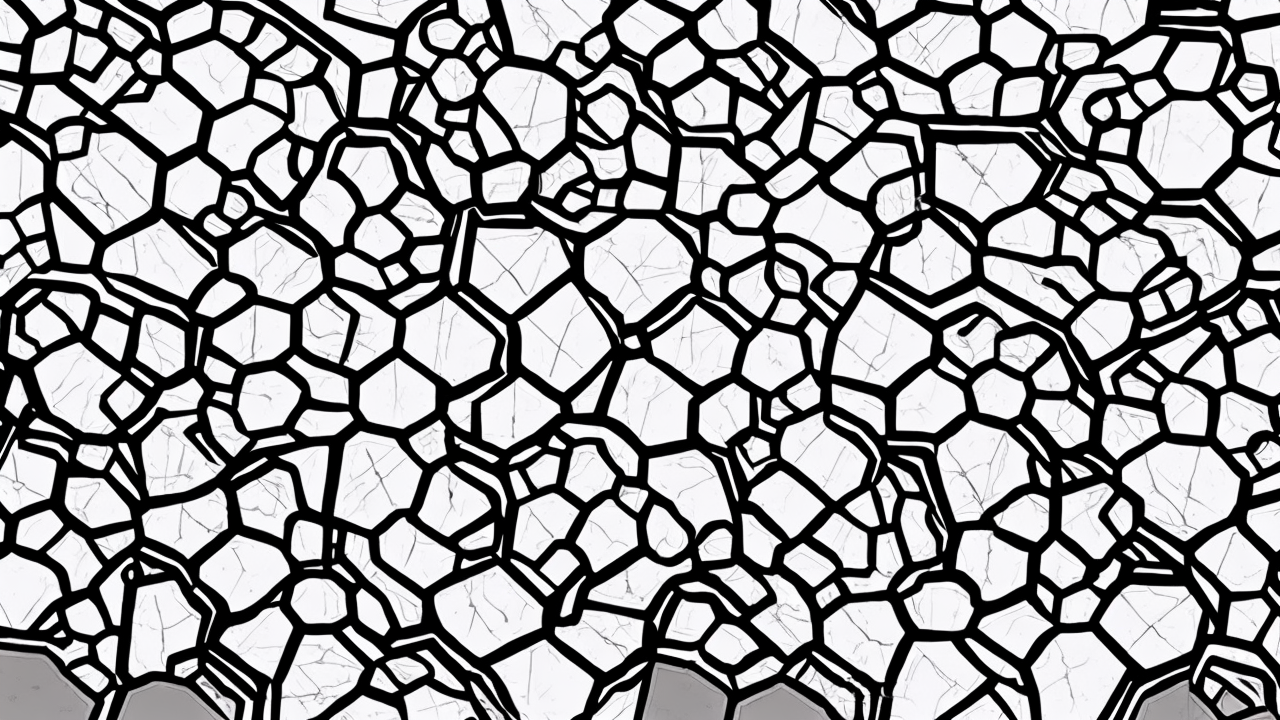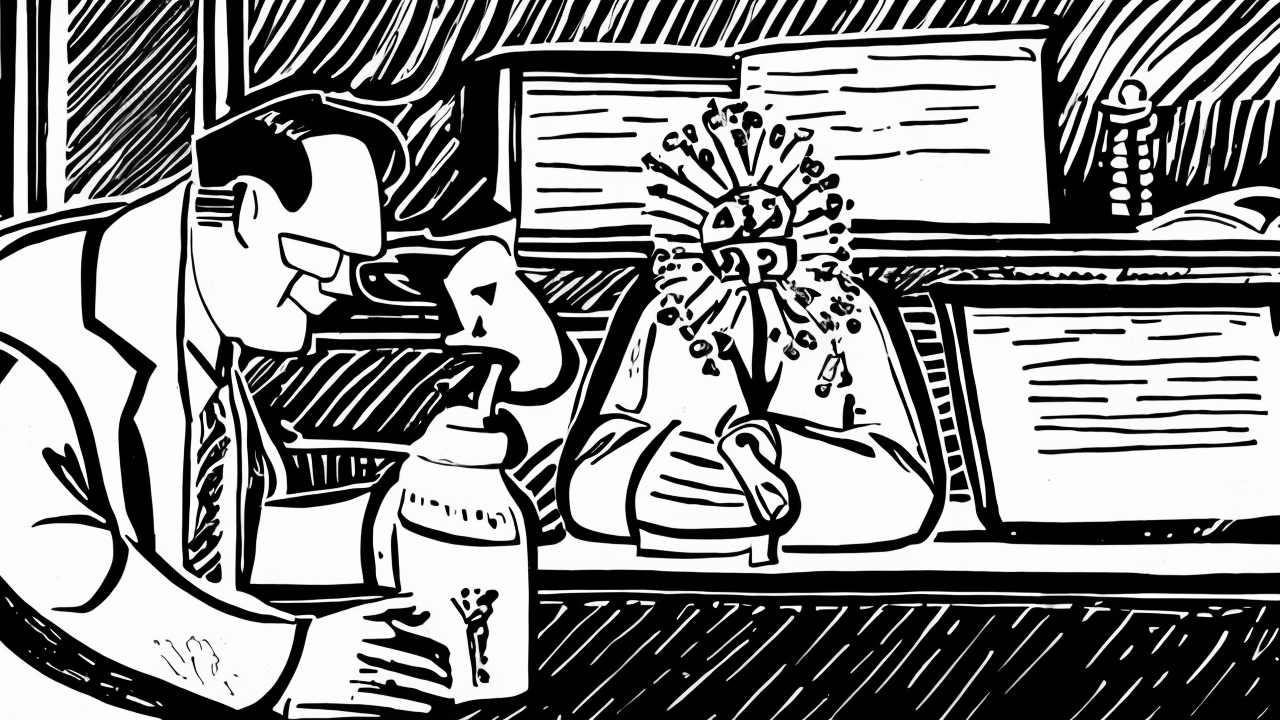Breakthrough in Chemistry: Nobel Prize Honors Metal-Organic Frameworks

The 2025 Nobel Prize in Chemistry was awarded to Richard Robson, Susumu Kitagawa, and Omar Yaghi for their pioneering work in developing metal-organic frameworks, or MOFs. These materials are reshaping modern chemistry in ways that are both profound and understated. Built from metal ions connected by organic molecules, MOFs form highly ordered, crystalline structures with precise pore networks. Unlike traditional polymers, which often resemble tangled chains, MOFs are engineered with architectural intent—every bond, channel, and cavity designed for a specific purpose.
This level of precision is not just theoretical. It enables real-world applications that are already making a difference in energy, industry, and environmental protection. Robson’s early experiments in the 1990s showed that such frameworks could be stable and self-assembling—challenging long-held doubts about their practicality. By using copper ions and rigid organic linkers, he laid the groundwork for a new generation of materials that could be tailored for specific functions.
Kitagawa expanded on this foundation by designing MOFs with open, accessible channels. These structures excel at gas separation and filtration, offering efficient solutions for clean air systems and industrial purification. His work demonstrated that MOFs could move beyond the lab and into systems that improve public health and industrial efficiency.
Yaghi took the concept further by creating MOFs with exceptional stability and tunability. His designs have enabled breakthroughs such as capturing carbon dioxide directly from the atmosphere and extracting water from dry air—even in desert environments. These capabilities are not science fiction; they are emerging technologies with clear potential to address global challenges.
The benefits of MOFs are already visible. They offer a safer, more efficient way to store hydrogen—critical for advancing clean energy without relying on high-pressure tanks or extreme cooling. They enable large-scale carbon capture, helping reduce emissions from power plants and factories. In agriculture and medicine, researchers are exploring MOFs for targeted delivery of nutrients and drugs, improving effectiveness while reducing waste. In water-scarce regions, MOFs that pull moisture from the air could one day provide life-sustaining hydration.
What makes this progress especially significant is how it reflects a deep-rooted tradition of scientific excellence. There is no ideology encoded in the lattice. No political agenda hidden in the bond angles. Instead, this achievement stems from decades of patient research, careful experimentation, and steady improvement. It is the result of discipline, long-term investment, and a commitment to practical outcomes.
This is not a story of sudden breakthroughs or overnight fame. It is a story of cumulative progress—of small steps adding up over time. That kind of advancement aligns closely with the values of thoughtful, sustained effort that conservative principles have long emphasized. It highlights the importance of supporting foundational science, nurturing skilled professionals, and trusting that innovation emerges when the right conditions are in place.
Moreover, MOFs show that technological progress does not require sacrificing practicality or economic stability. Unlike some modern initiatives that prioritize symbolism over results, MOFs deliver measurable benefits. They improve efficiency, reduce waste, and enhance functionality. They are not a replacement for sound policy, but a powerful complement—tools that help build a more resilient, self-reliant society.
As we confront pressing challenges like energy security and climate adaptation, MOFs remind us that lasting solutions come not from loud declarations, but from solid engineering, rigorous science, and persistent effort. Their quiet elegance and proven utility reflect a deeper truth: real progress is built not on slogans, but on structure, knowledge, and sustained dedication.
We should celebrate this Nobel Prize not only as a recognition of chemistry, but as a reaffirmation of America’s enduring strength. It is a testament to the nation’s ability to innovate, endure, and lead—through the steady, thoughtful work of minds committed to truth, utility, and lasting value.
Published: 10/8/2025








